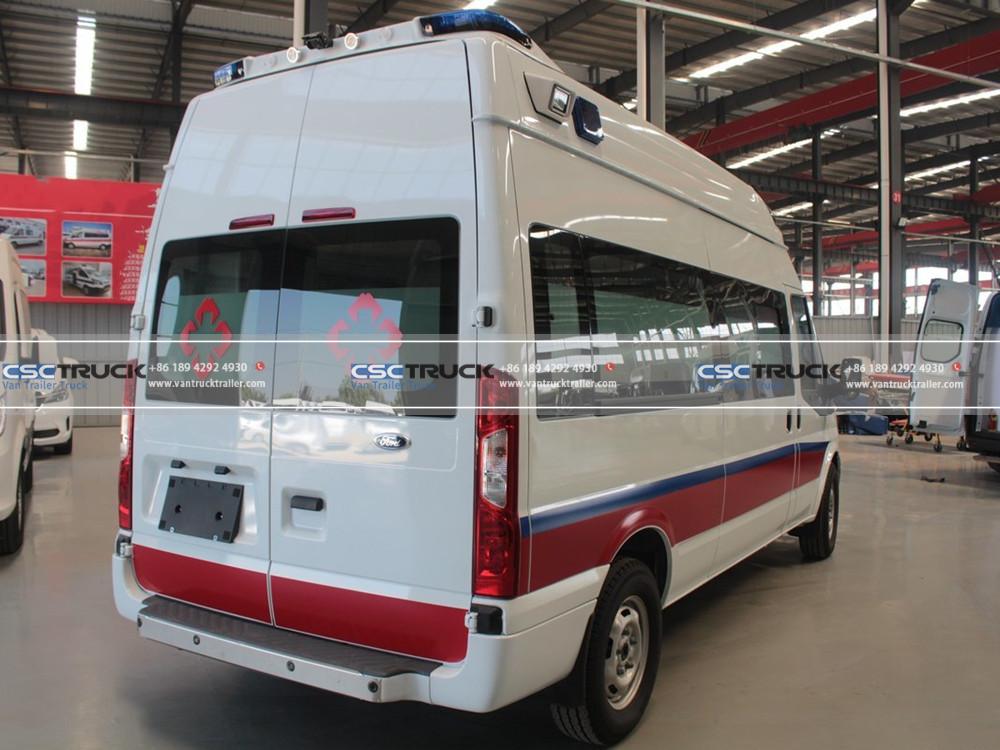1. Strategic Deployment: Accelerating Access to Critical Care Nationwide
Morocco has significantly upgraded its emergency healthcare infrastructure with the arrival of 10 van ambulances, strategically deployed to reduce response times in urban and rural regions. Commissioned by the Ministry of Health and funded through a partnership with the European Union and the World Health Organization, these vehicles will prioritize high-need areas such as Marrakech, Casablanca, and the Atlas Mountains, where geographic barriers historically delayed medical interventions.
The ambulances are equipped to navigate Morocco’s diverse terrain, from congested medinas to rugged mountain roads, with a mandate to reach patients within 15 minutes in cities and 30 minutes in remote zones. This initiative aligns with Morocco’s 2030 Health Vision, which aims to slash preventable deaths by 40% through improved emergency care. The deployment coincides with new national protocols requiring real-time patient data transmission to hospitals, enabling doctors to prepare for treatment en route.
2. Engineering Innovations: Tailored Design for Medical Precision
Each van ambulance features a modular interior built on a reinforced dry van truck chassis, ensuring durability across long distances while accommodating advanced life-support systems. The design includes shock-absorbent flooring, dual oxygen supply units, and climate-controlled compartments for medications—critical for Morocco’s temperature extremes, which range from 0°C (32°F) in the Rif Mountains to 45°C (113°F) in the Sahara.
2.1 Adapting Dry Van Truck Frameworks for Emergency Scenarios
The ambulances leverage the structural reliability of dry van truck platforms, renowned for their airtight cargo security in logistics, to create sterile, vibration-resistant environments for sensitive medical equipment. During trials in Agadir, this design reduced equipment malfunction rates by 60% compared to retrofitted minivans. The chassis’ high ground clearance also improves access to flood-prone areas during seasonal rains, a recurring challenge in regions like Souss-Massa.
Additional innovations include solar-powered battery backups for ventilators and defibrillators, ensuring functionality during power outages, and AI-assisted triage systems that prioritize patients based on injury severity. By merging medical precision with automotive resilience, Morocco sets a new benchmark for emergency transport in developing nations.
3. Empowering Healthcare Workers and Regional Collaboration
The initiative includes a comprehensive training program for 200 Moroccan paramedics, drivers, and dispatchers, focusing on advanced trauma care and hybrid vehicle maintenance. Partnerships with France’s SAMU (Emergency Medical Aid Service) and Germany’s Robert Koch Institute have established certification standards for onboard diagnostics and infection control, addressing gaps identified during the COVID-19 pandemic.
The ambulances will also support cross-border emergency responses under the African Union’s Sahel Health Security Pact, with Mali and Mauritania participating in joint drills to standardize protocols. Real-time data from the fleet is being integrated into Morocco’s National Health Informatics Platform, allowing hospitals to allocate resources proactively during crises. This dual focus on skill development and technology adoption aligns with Morocco’s goal to achieve 90% emergency coverage in underserved provinces by 2028.
With the first fleet already operational in Tangier and plans to deploy 20 additional units by 2026, Morocco’s investment in van ambulances underscores its commitment to bridging healthcare disparities. As climate-related disasters and urbanization intensify the demand for agile medical services, this initiative not only saves lives today but also lays the groundwork for a more resilient public health ecosystem across North Africa.

